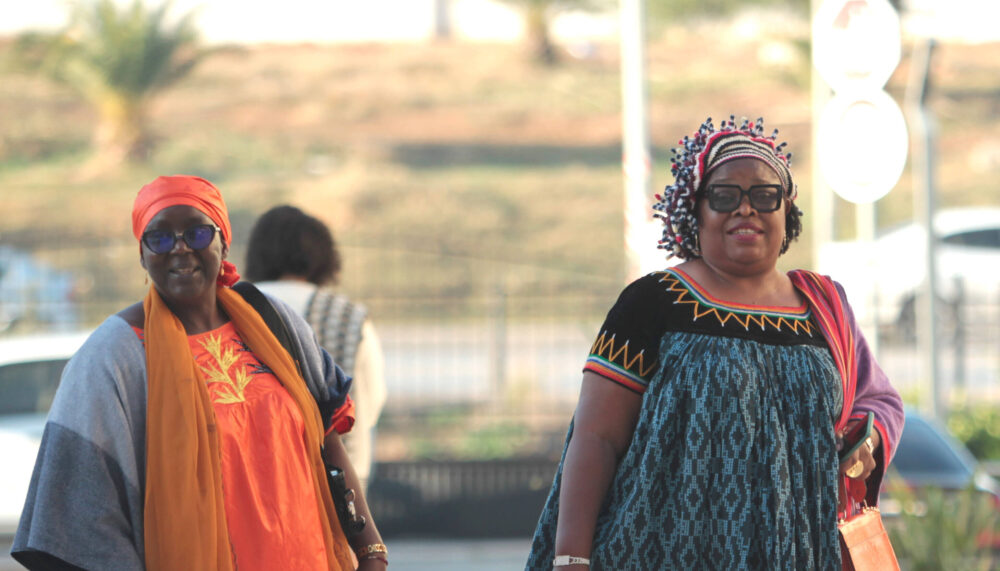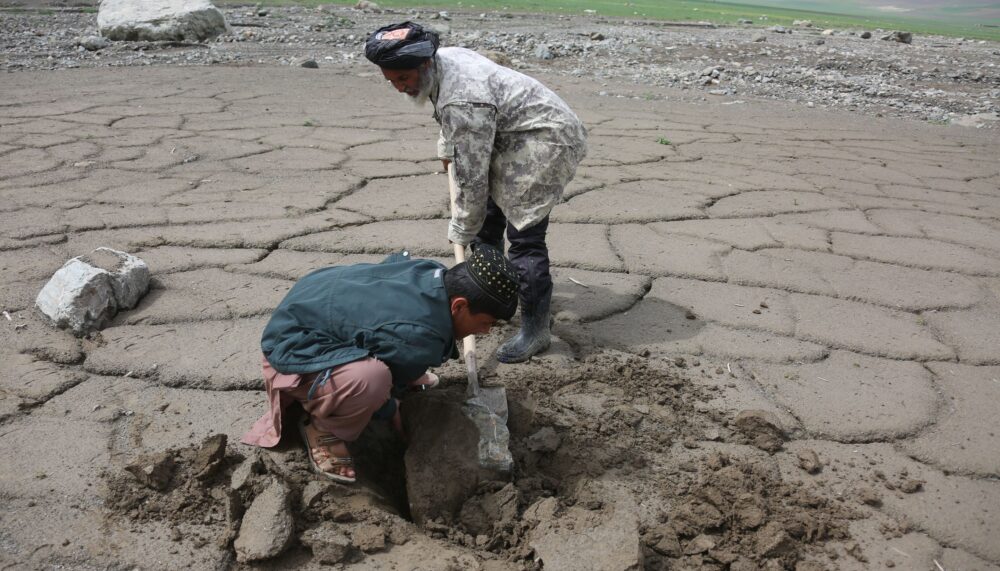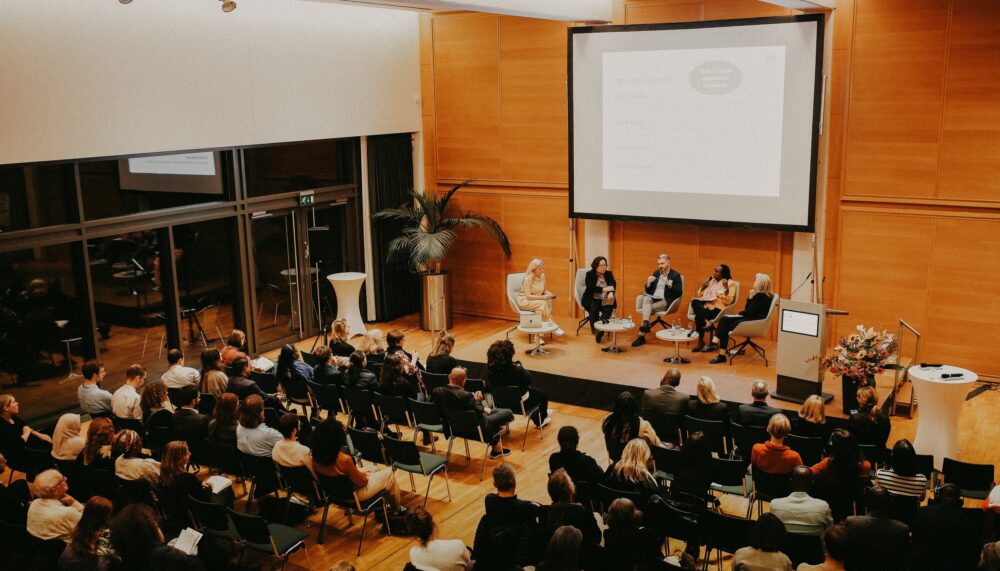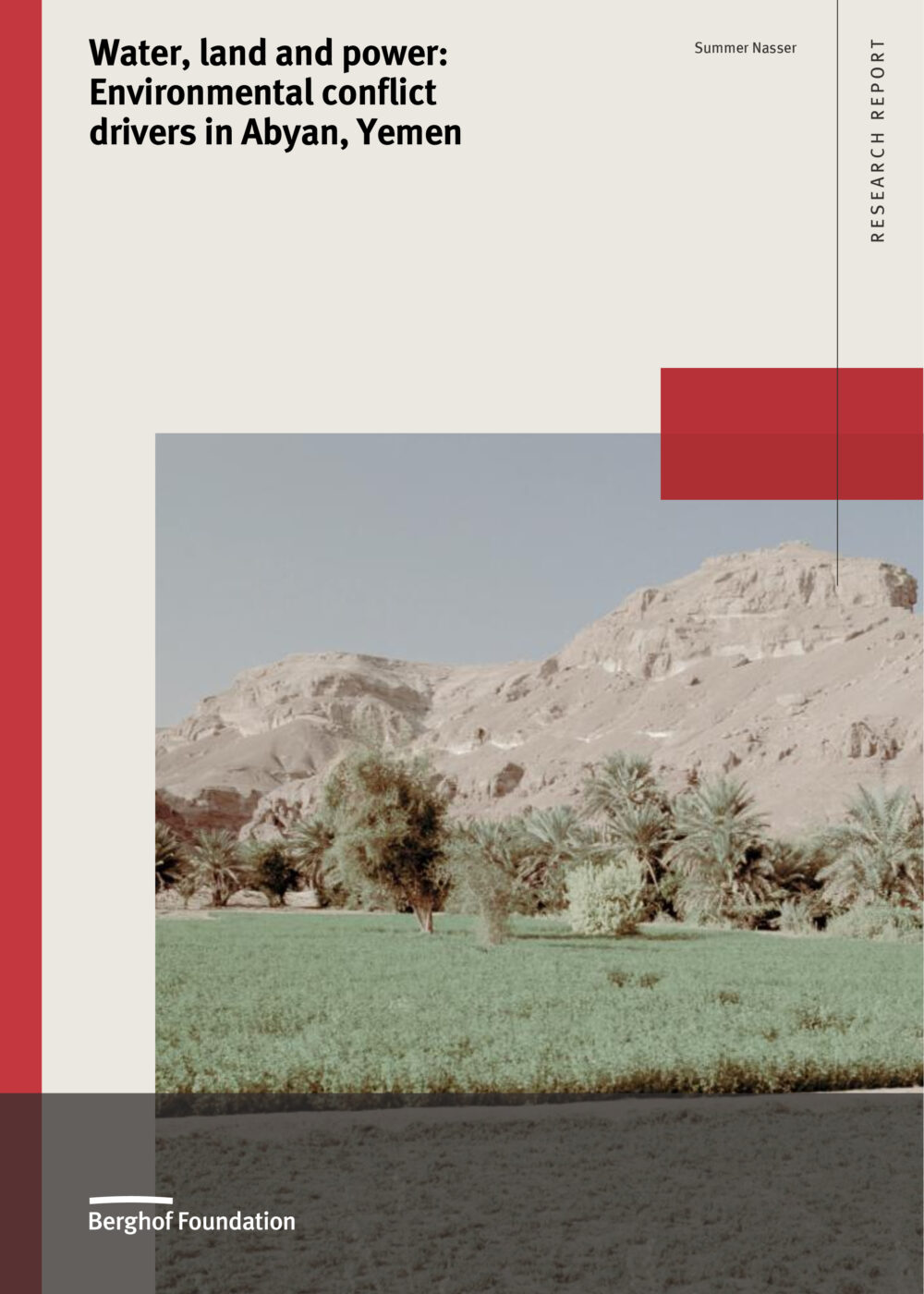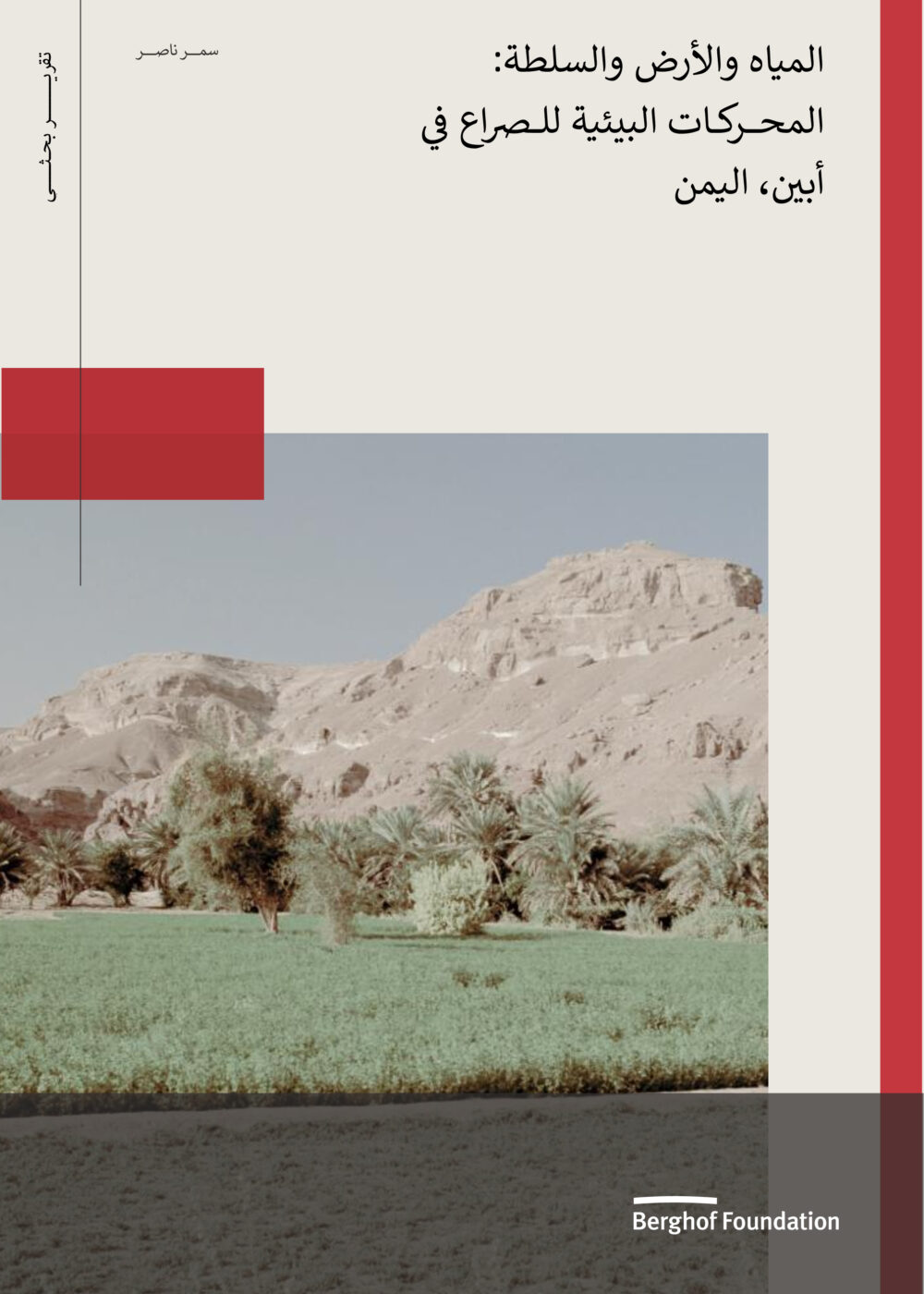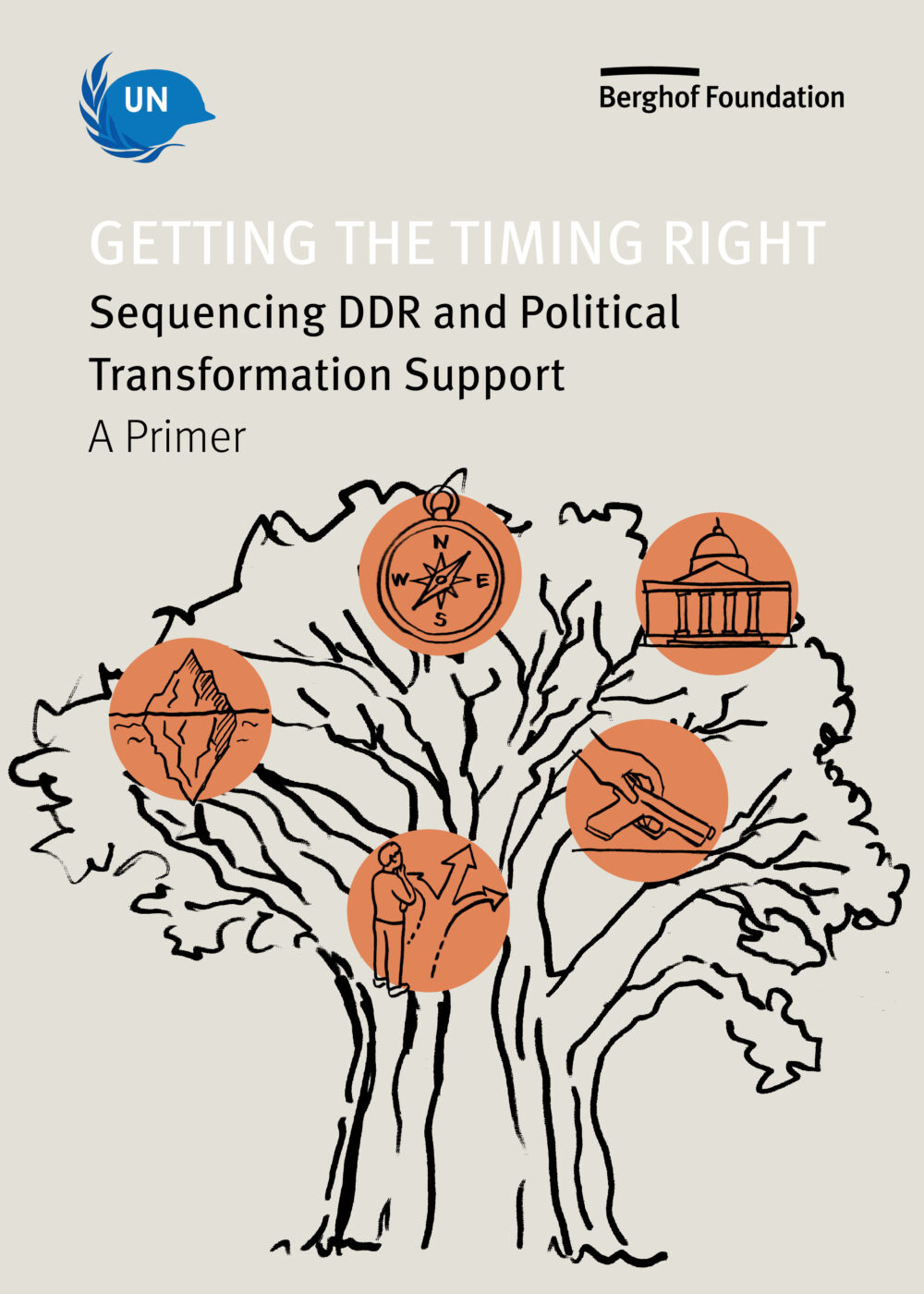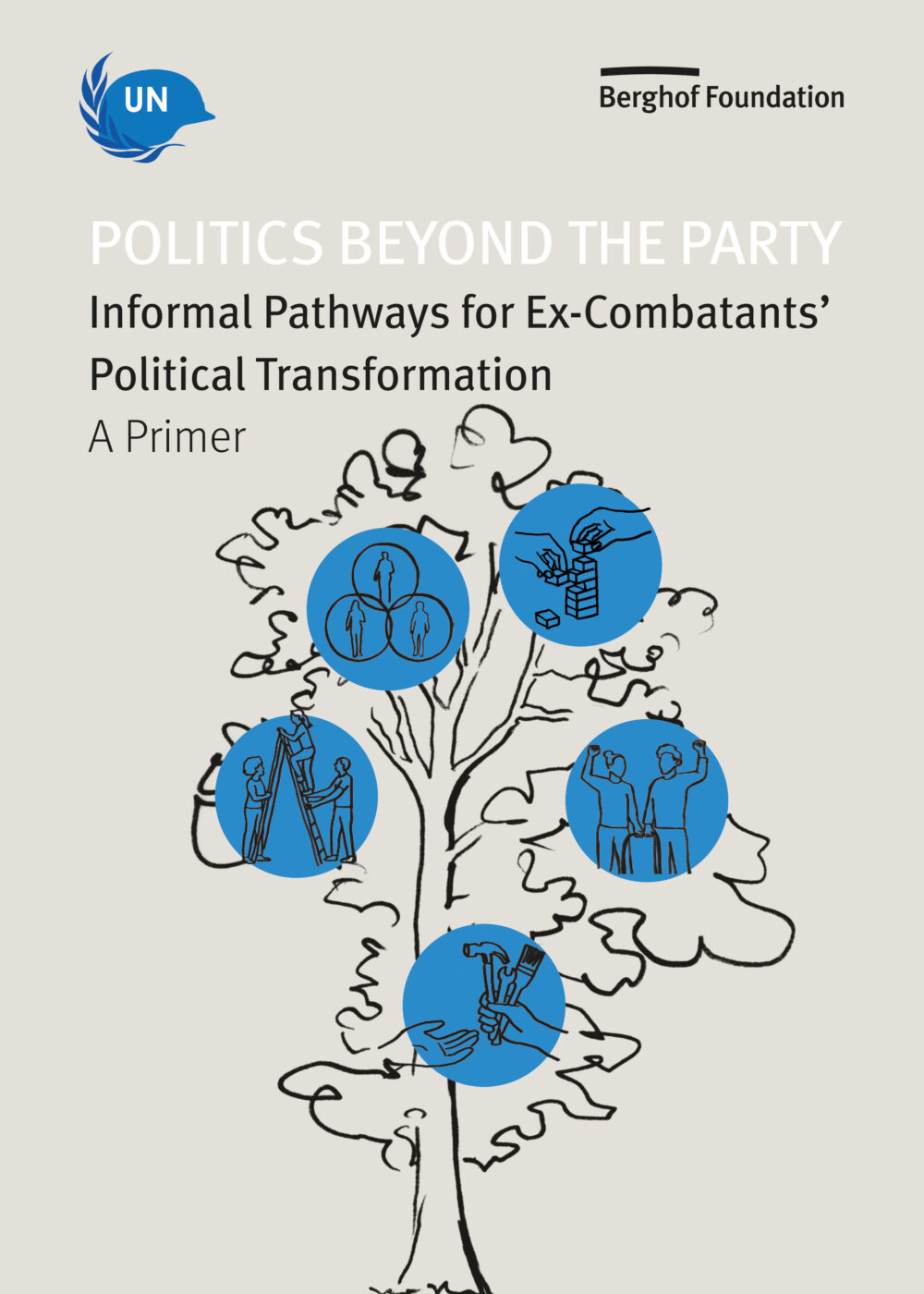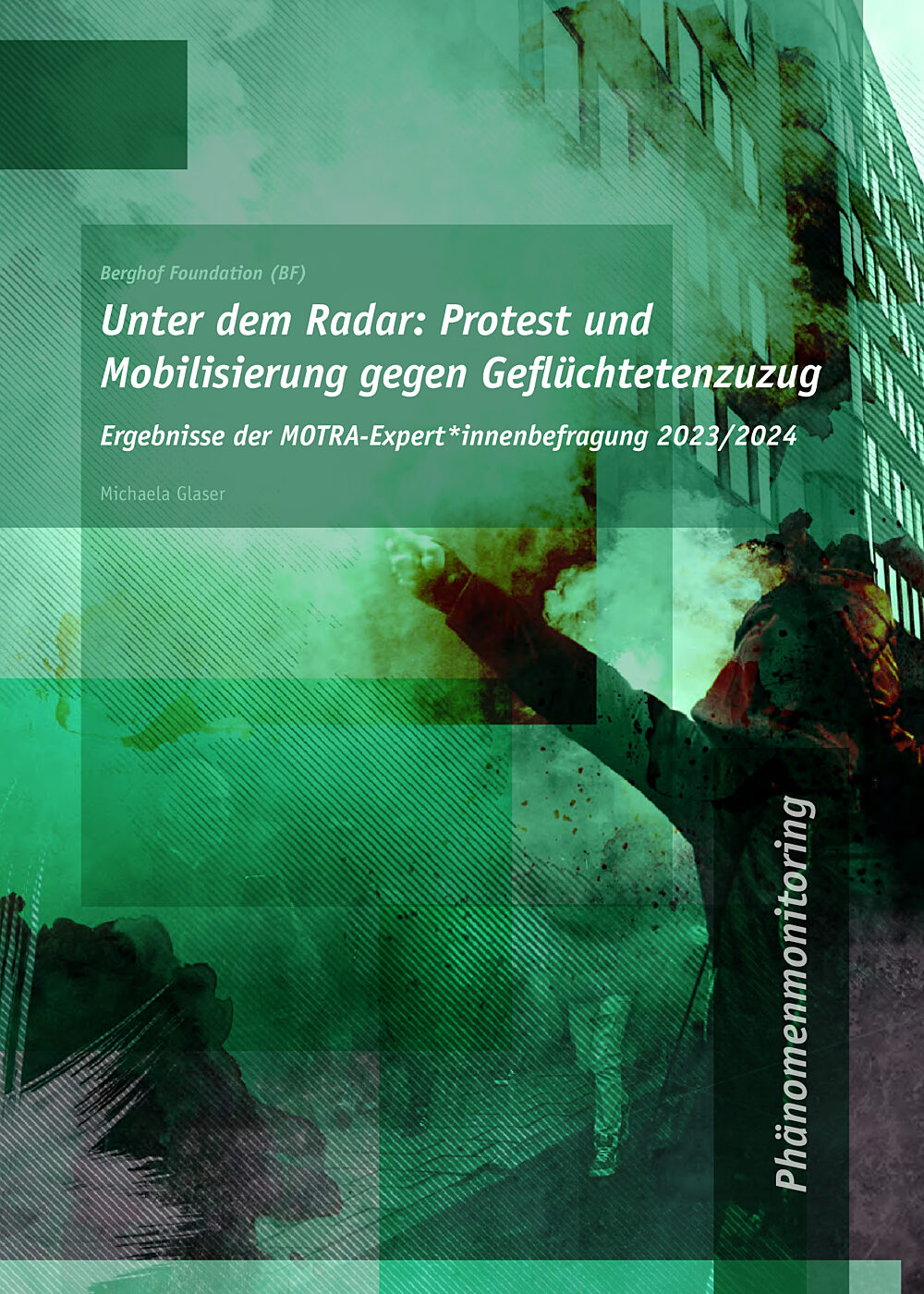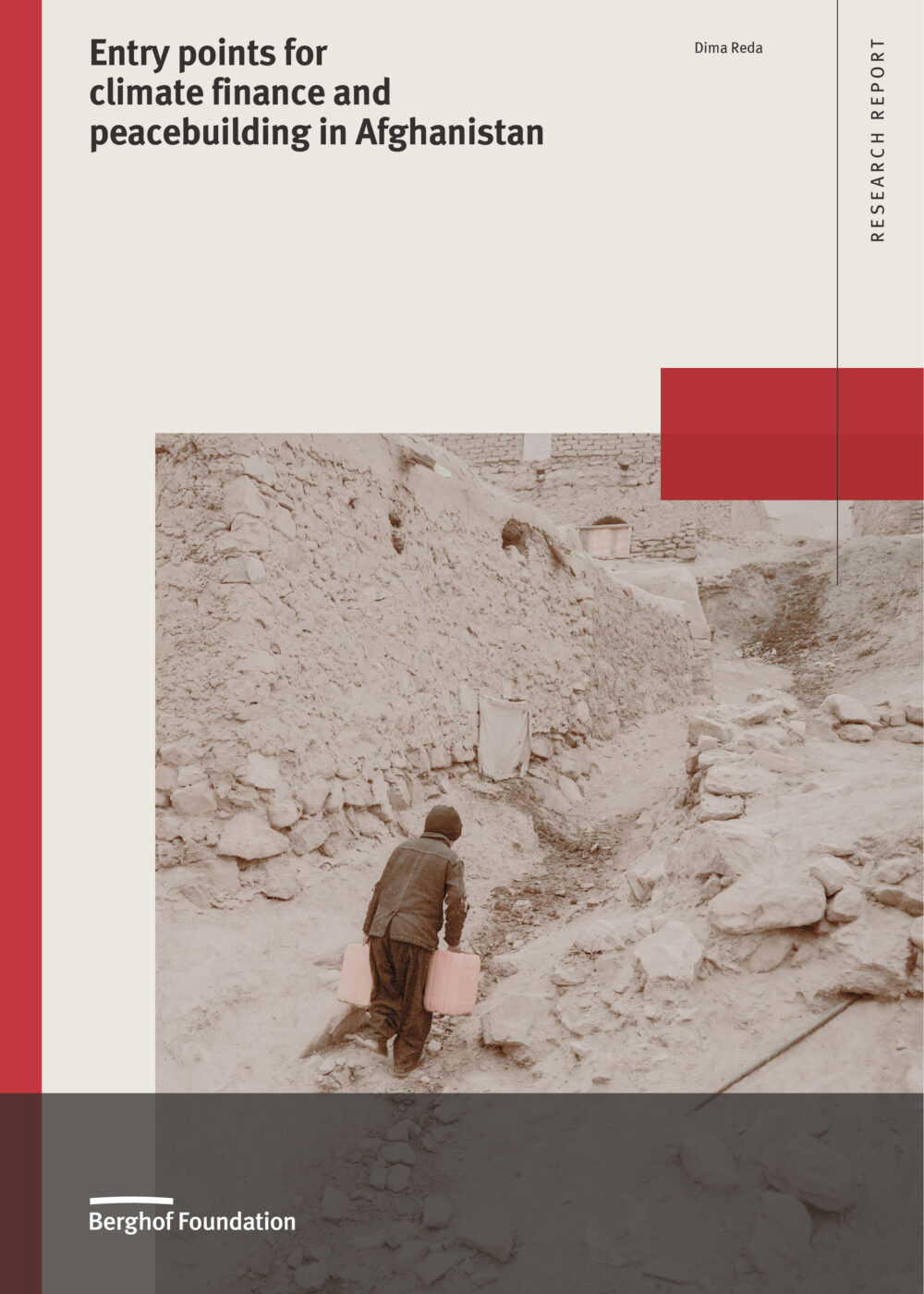COLLECTION
Handbook Dialogues

Handbook Dialogues raise key critical issues which are then debated among scholars and practitioners from different disciplines and world regions. Typically, a Dialogue includes one lead article on a topic. Four or five other experts, from a range of perspectives, then contribute shorter responses to that article.
The Dialogues are a complement to the Berghof Handbook for Conflict Transformation.
We invite readers to engage with the Dialogues, and can add interesting and original contributions to the online version. Contact us if you would like to submit a comment.
13: Transformative approaches to violent extremism
Dealing with violent extremism (VE) has emerged as a central framework of analysis and policy-making in most Western and non-Western government agencies. It is also heavily shaping the programming of non-governmental agencies, not least due to the availability of related funding lines.
While there is an undeniable need to address violent extremism, this latest Berghof Handbook Dialogue takes as one premise that more often than not, analysis and programming to date often fall short in understanding and tackling the root causes of the phenomenon. Our lead article proposes: "Ultimately, addressing VE is fundamentally about conflict transformation, yet CVE/PVE interventions are rarely designed to be transformative."
Berghof Handbook Dialogue No. 13 thus looks more deeply at what it takes to formulate transformative approaches to violent extremism. The lead article by Mohammed Abu-Nimer puts a call for interreligious peacebuilding centre-stage, which takes seriously and truly integrates the perspective of actors otherwise often defined as part of the problem. Respondents from a variety of backgrounds will, over the months to come, discuss these propositions. They will shed light on systemic contexts, the role of identity and gender, practice-oriented work with youth and regional contexts such as the Western Balkans and the MENA region.
We gratefully acknowledge funding for this issue of our dialogue series by the German Foreign Office, in the context of their support for our project Preventing Violent Extremism in the Western Balkans.
- Transformative Approaches to Violent Extremism. Handbook Dialogue Series No. 13 - complete
2018
- Berghof Handbook Dialogue Series No. 13 - Introduction. Handbook Dialogue Series No. 13
Beatrix Austin, Hans-Joachim Giessmann. 2018
- Alternative Approaches to Transforming Violent Extremism. The Case of Islamic Peace and Interreligious Peacebuilding. Berghof Handbook Dialogue Series No. 13 - lead
Mohammed Abu-Nimer. 2018
- Challenging Conventional Wisdom, Transforming Current Practices: A Gendered Lens on PVE. Berghof Handbook Dialogue Series No. 13 - comment
Sanam Naraghi-Anderlini. 2018
- Effective Approaches to Preventing Violent Extremism: A Peacebuilding Systems Perspective. Berghof Handbook Dialogue Series No. 13 - comment
Anita Ernstorfer. 2018
- Religious Institutions and the Challenges of Extremism and Terrorism: A Long View. Berghof Handbook Dialogue Series No. 13 - comment
Radwan Al-Sayed. 2018
- 'What is actually needed is to invent new terms': An interview on Radical Religious Norms and Experiences from the Balkans. Berghof Handbook Dialogue Series No. 13 - comment
2018
- A Way Forward in Transforming Violent Extremism: De-Islamisation, De-Securitisation, and De-Religionisation. Handbook Dialogue Series No. 13 - final reflection
Mohammed Abu-Nimer. 2018
12: Armed social violence
In some countries, more civilians are being killed by armed gangs and criminal organisations than in traditional combat. Still, these pockets of armed social violence – "undeclared wars" marked, among other things, by criminal, gang and/or urban violence – have long received much less attention than politically motivated forms of armed conflicts. As their effects — social-political destabilisation, in some cases coinciding with high numbers of victims — are becoming more pressing, national and international actors have begun addressing the phenomenon. This dialogue examines this phenomenon. It points out the added value that peacebuilding can bring to the development of effective policy responses to armed social violence. Case studies explored include Colombia, El Salvador, Syria, Myanmar, Guinea-Bissau, Timor Leste, the UK and Mexico.
- “Undeclared Wars”– Exploring a Peacebuilding Approach to Armed Social Violence. Handbook Dialogue Series No. 12 - complete
2016
- Armed Social Violence and Peacebuilding: Towards an operational approach. Berghof Handbook Dialogue Series No. 12 - lead article
Bernardo Arévalo de León, Ana Glenda Tager. 2016
- The (Not So) New Challenge of Responding to Armed Social Violence with Peacebuilding. Berghof Handbook Dialogue Series No. 12 - comment
Andy Carl. 2016
- From War-Making to Peacebuilding? Opportunities and Pitfalls of an Integral Approach to Armed Social Violence in Mexico. Berghof Handbook Dialogue Series No. 12 - comment
Gema Santamaría. 2016
- The Value of Listening to Community Voices. A Peacebuilding Approach to Armed Social Violence. Berghof Handbook Dialogue Series No. 12 - comment
Karen P. Simbulan, Laurens J. Visser. 2016
- Countering Armed Social Violence in Guinea-Bissau: The Case of the Model Police Station. Berghof Handbook Dialogue Series No. 12 - comment
Marco Carmignani, Fernando Cavalcante. 2016
11: Transforming war-related identities
What is the role of different approaches for dealing with painful memories and violent pasts? How do different dimensions – interpersonal and intergroup relations, memories and identities at the individual and collective level – relate to one another? Can one constructively address victim identities and cultures of victimhood that may stem from painful and traumatic experiences? This Dialogue looks into the inter-connectedness of psychological dynamics and social processes in post-war societies. Scholars and practitioners draw on experiences from Northern Ireland, South Africa, the Caucasus, the Balkans and Latin America.
10: Peace infrastructures
What does a peace infrastructure look like and what does it provide? "It could be anything from a rugged shed housing a local peace council in a remote South American village, to the elegantly designed high-rise office of a national truth and reconciliation commission in the capital of an African country. Its organisations could include a ministry dealing with peace and reconciliation in Nepal, the office of a presidential advisor coordinating the peace process in the Philippines, or one of the many district peace committees in Kenya..." writes our lead author. This Dialogue aims to advance the debate on the emerging practice and theory of "peace infrastructures". Drawing from examples from Sri Lanka, Nepal, South Africa, Colombia, Lebanon and Cyprus, to name a few, the authors of this volume discuss whether and how peace should be given "an address" – and if so, how we best can support peace infrastructures while avoiding pitfalls.
9: Human rights and conflict transformation
What are the potential – and limits – of bringing together human rights and conflict transformation in specific contexts? Going beyond the divide and polarising language of "peace versus justice", the authors argue that a more thorough emphasis on human rights – as causes and manifestation of conflicts, but also as normative and practical intervention tools – contributes to bringing conflict transformation closer to its aim of tackling conflicts at their deepest roots. The lead author and respondents engage in a rich dialogue on areas of tensions as well as complementarity between the two sets of practices: they encourage mutual learning and joint work, and stress the importance of locally-designed, timely and context-specific initiatives, as well as the hard-nosed analysis of political context and use of human rights and conflict transformation discourse. Evidence comes from contexts such as Nepal, South Africa, Israel/Palestine, Uganda and Colombia.
8: Building peace in the absence of states
In the context of fragile or failing states, external assistance needs to review its principles and methods. Berghof Handbook Dialogue 8 vividly illustrates the need to shift from a state-centric view, yet without entirely rejecting the notion of state. At the same time, it shows the difficulties of integrating concepts of political order that do not correspond with the western-style Weberian/Westphalian state. Instead of advocating ideal-type, off-the-shelf models and blue-prints, the contributors to this dialogue argue that historically well-informed analysis, which leads to a deeper contextualized understanding of the local and regional situation on the ground, has to be the bedrock of any attempts for external assistance aimed at peace and development. Evidence and counter-examples come from Somaliland, Afghanistan, Liberia through to the Balkans and East Timor.
7: Peacebuilding at a crossroads?
Practitioners and researchers reflect on the conditions of success or failure in peacebuilding and conflict transformation: the lead article expresses a lingering worry that complex economic and environmental crises, international factors of violence and war, and an underlying 'murkiness' of values may overwhelm the best efforts for social change and create a feeling that we are “just wasting our time”. The comments emphasise that values and approaches - as well as the international context, power politics and injustice - should be the objects of critical analysis. Investment in learning, honest self-reflection and critical peace research appear to be a must for effective practice. Others stress a need for more effective public mobilisation for the effective prevention of violence. Many additional questions are raised and present food for thought for an ongoing debate.
6: A systemic approach to conflict transformation
One of the most confounding challenges in contemporary peacebuilding and conflict transformation is to analyse and master the complexity of most conflict contexts. Norbert Ropers’ lead article lays out a rich array of systemic ideas originating from both research and practice, applied in the context of Sri Lanka. The respondents reflect, among other things, on additional tools and techniques, comparative experiences in Nepal and Kenya and the overall added value and utility of systemic conflict transformation.
5: Social change and conflict transformation
In order for conflict resolution or transformation to occur, something will have to change in the relationships and ways of operating. But how can such change be achieved collectively? Berghof Handbook Dialogue 5 sets out a framework for thinking systematically about the relationship between conflict and (social) change. It considers necessary changes to bring about the resolution of conflict, as well as obstacles to such changes, and envisions possible roles for agents of change. Five scholars and practitioners have expanded on, and critically reviewed, this lead article, with attention to locales such as Nepal, Aceh/Indonesia, the Philippines and the USA.
4: New trends in Peace and Conflict Impact Assessment (PCIA)
Questions of effectiveness, impact and evaluation continue to be most relevant for the field of peacebuilding and conflict transformation: Adam Barbolet, Rachel Goldwyn, Hesta Groenewald & Andrew Sherriff report with intimate knowledge on the development of "conflict sensitivity" as an alternative to PCIA; Kenneth Bush sends thought-provoking "field notes", reflecting on his learning in the context of applying PCIA in the South; Thania Paffenholz presents a comprehensive overview of the "Aid for Peace Approach". Short reflection papers by all authors discuss the propositions. Berghof Handbook Dialogue 4 sheds light on progress and controversy regarding the new trends in peace and conflict impact assessment.
3: Transforming war economies
War economies are recognized as a force to be reckoned with in transforming violent ethnopolitical conflict. Analysts discern, for example, civil wars relying heavily on various means of war-related income: the skimming of valuable assets and resources in the country in question, the wheeling and dealing of black markets and informal economies, legal and illegal trading networks across borders. Economics can no longer be seen as a separate, apolitical sphere. Handbook Dialogue 3 therefore looks at strategies, dilemmas and options in addressing war-related economies, shedding light on the issue from various angles and highlighting especially controversies and creative solutions.
2: Security sector reform
Violent crises and internal wars are often consequences of the failure of states to provide stability and security for their citizens. International organisations and development agencies, in order to overcome cultures of violence and to support nation-building processes, have focused on security sector reform as an integral part of third-party intervention in recent years. This second issue of the Berghof Handbook Dialogue Series examines the arguments for engagement with the security sector and provides an analysis of the dilemmas that arise, along with suggestions for how they might be overcome.
1: Peace and Conflict Impact Assessment (PCIA)
Over the last decades, interest in conflict prevention and peacebuilding activities has increased significantly. As a result of this interest, there is a high demand for "model" projects, examples of good practice and "lessons learned" which can be transferred to other projects and regions. Supply, though, does not match this demand. There are still no quick and easy answers to the question of how best to assess, monitor and evaluate peace practices. On the contrary, experience shows that assessing and measuring the impact and outcomes of peacebuilding activities is actually a very complicated task. The articles and comments in this first issue of the Berghof Handbook Dialogue Series reflect the state of the art in peace and conflict impact assessment (PCIA) from a variety of angles.
Thanks for your interest
If you find this collection useful, please consider making a small donation. Your support enables us to keep publishing.
